But before we get to what pilots see, let’s take a look at the plane’s lighting system. From the ground, we can see the plane’s powerful LED lights at 35,000 feet. These are not headlights, but beacons to help other pilots spot the plane in the air. At this altitude, planes don’t use headlights in the traditional sense, according to the Telegraph .
"Many times when I've crossed the ocean at night, there's nothing but darkness out the windshield for hours on end," said Tim Sanders, pilot and flight instructor. "As pilots learning to fly, we have to use flight instruments, navigation sensors, and weather sensors (mainly radar) to replace normal vision at night or other times when we're above the clouds."
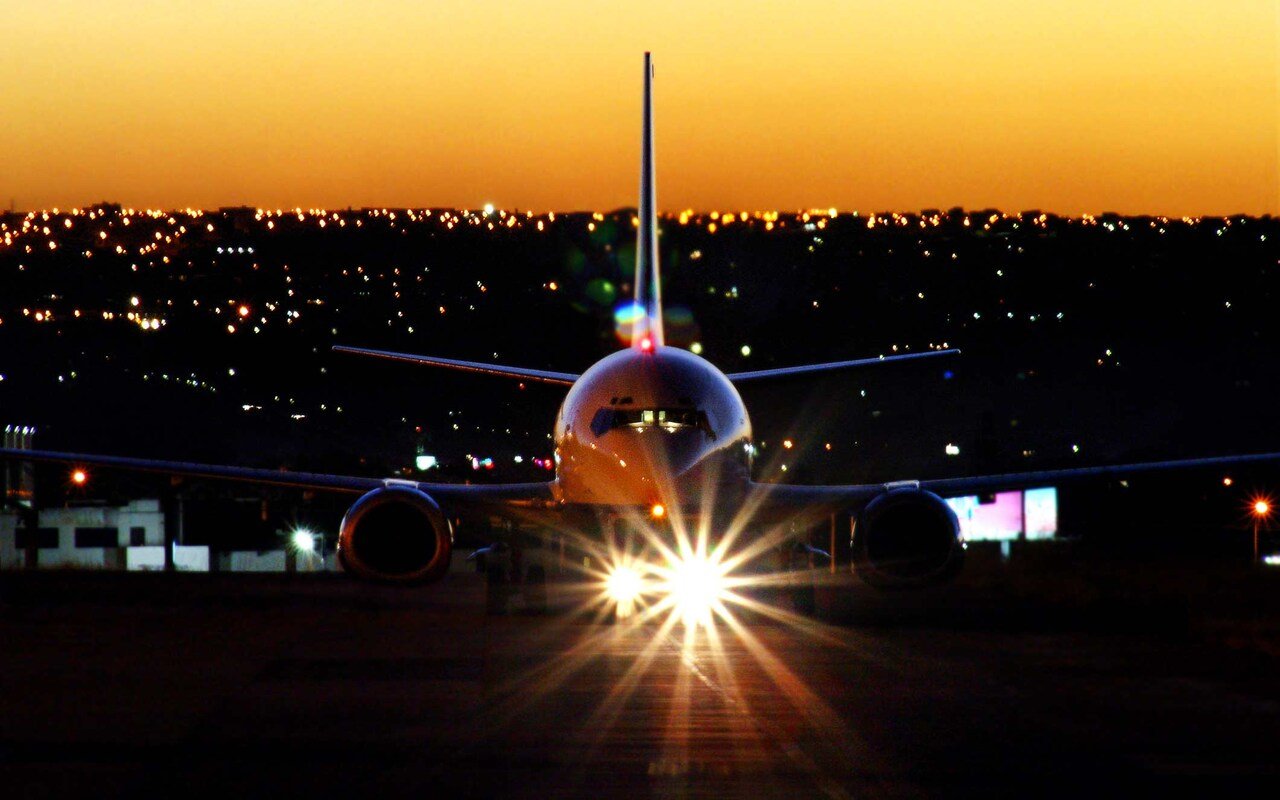
The aircraft has a complex lighting system.
Do planes have headlights?
Although aircraft do not have headlights in the traditional sense, there are numerous lights, each performing a different function.
The lights we can see most clearly are the landing lights used on the flight deck when approaching an airport. They are located in different locations on different types of aircraft, from the wings to the fuselage.
Not only does this lighting system help pilots land at night, it also makes the plane more visible to anyone nearby. Some pilots will flash their landing lights on final approach or when they have deployed their landing gear to alert the air traffic control tower.
Other lights on the plane include red and green LEDs on each wing to signal to other planes at night which direction the plane is turning – green for right, red for left. There are also anti-collision lights on the top and bottom of the fuselage that rotate orange-red to create a flashing effect. These stay on as long as the plane’s engines are running.
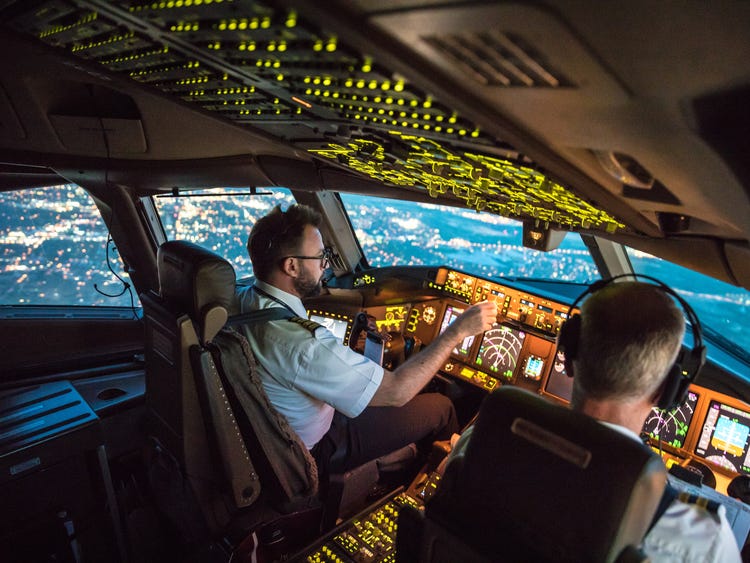
The sky outside at night as the plane lands
What can the pilot see from the cockpit?
Working in the clouds in near-total darkness at night, many people think that the visibility from the cockpit is limited. But according to US Air Force pilot turned commercial pilot Ron Wagner, there is a lot they can see.
"On clear nights heading east somewhere around Oklahoma City and Tulsa, I've seen the lights of Dallas (180 miles) and Houston (500 miles) in one direction and Kansas City (370 miles) and St Louis (560 miles) in the other, all at the same time," he said.
In addition to the city lights below, pilots also noticed a variety of weather phenomena, from storm clouds and lightning to auroras.
"The thing that gives me the creeps in a jet cockpit at night is when we see St Elmo's Fire dancing across the windshield," Wagner said.
“Sometimes it seems to come into the cockpit and dance on the visor. There’s something in my unconscious that gets weird when I see electric lights dancing at night,” he said.
St Elmo's Fire resembles a lightning bolt, often appearing at night and rarely seen from the ground by ancient ocean-going sailors or modern pilots.
Pilots also sometimes pass other planes, several hundred meters apart.
Pilots are trained to "instrument land" when they make approaches and landings in low visibility conditions, often due to inclement weather, using only the information and position provided on the displays in the cockpit.
Source link




![[Photo] Politburo works with the Standing Committee of Lai Chau Provincial Party Committee](https://vphoto.vietnam.vn/thumb/1200x675/vietnam/resource/IMAGE/2025/9/4/f69437b9ec3b4b0089a8d789d9749b44)
![[Photo] Politburo works with the Standing Committee of the Party Committee of the Fatherland Front and Central organizations](https://vphoto.vietnam.vn/thumb/1200x675/vietnam/resource/IMAGE/2025/9/4/6f23e5c0f576484bb02b3aad08f9d26a)


![[Photo] Prime Minister Pham Minh Chinh chairs the thematic meeting on law making in August 2025](https://vphoto.vietnam.vn/thumb/1200x675/vietnam/resource/IMAGE/2025/9/4/ba42763cd48e4d7cba3481640b5ae367)



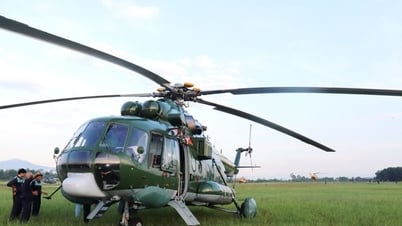

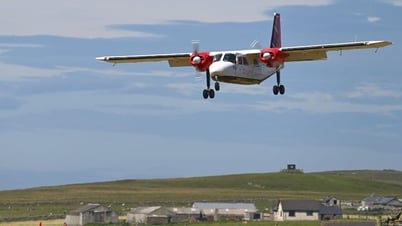


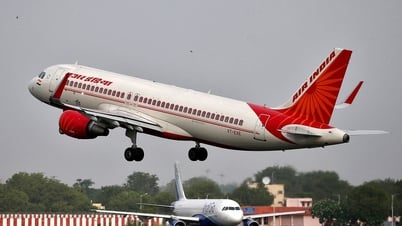



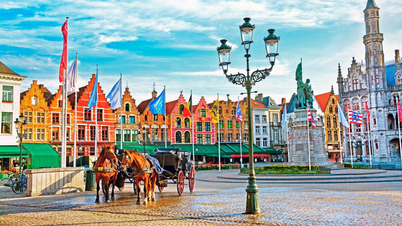




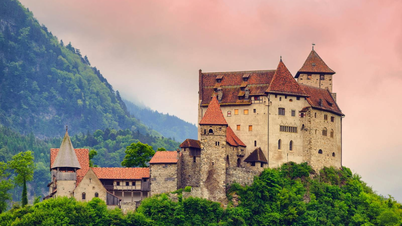

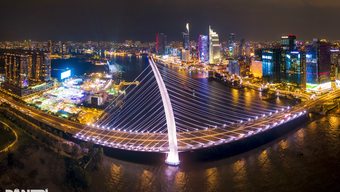

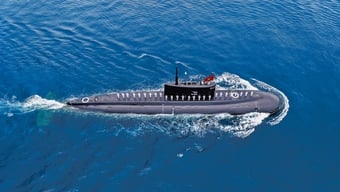










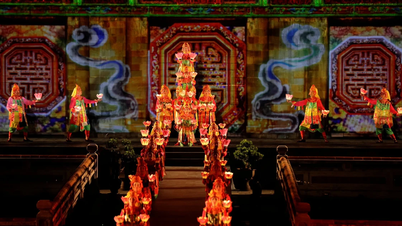


















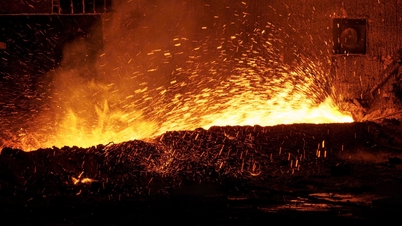

































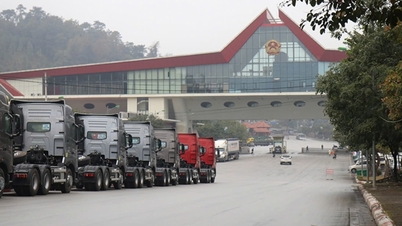







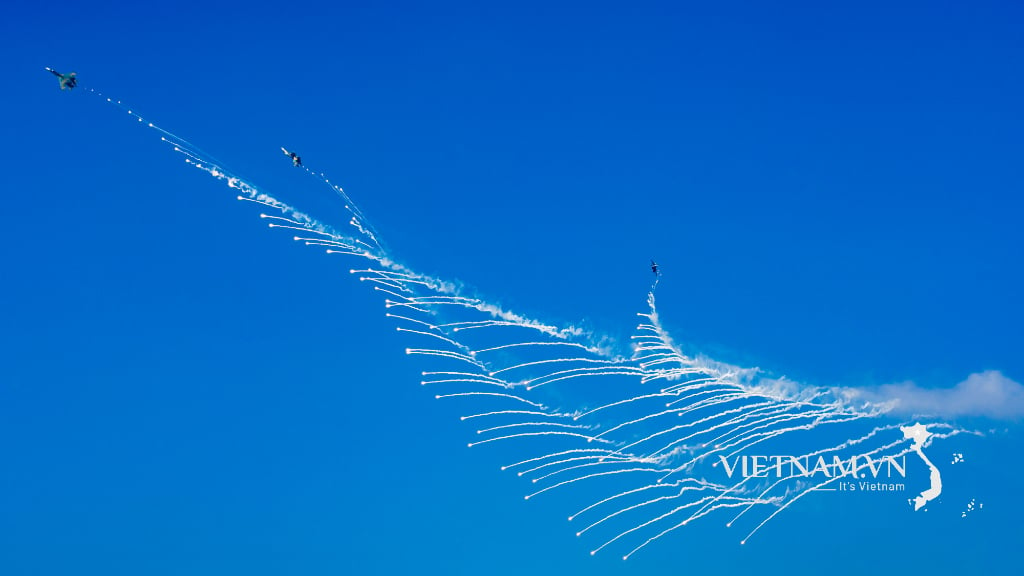

Comment (0)